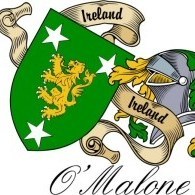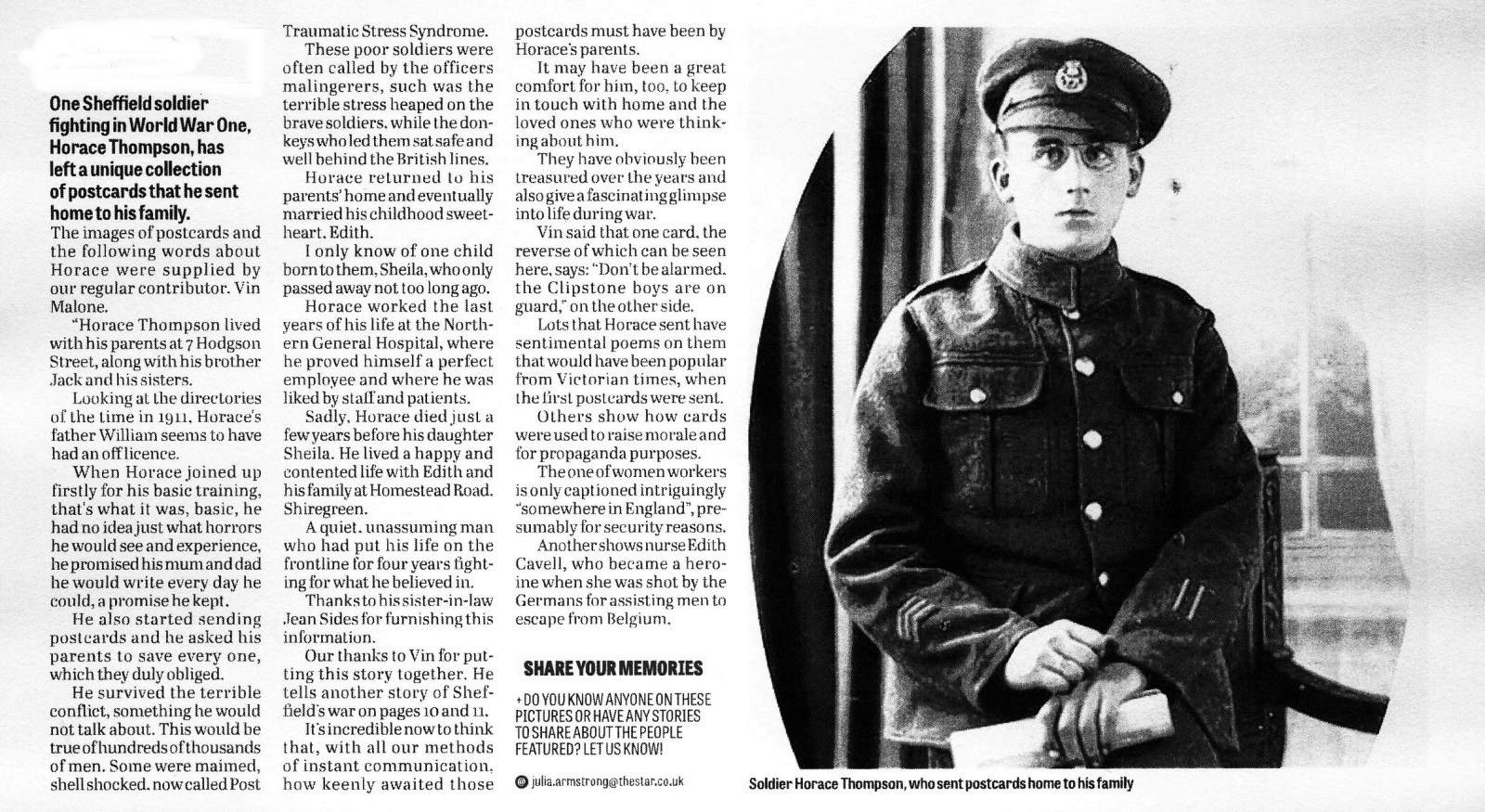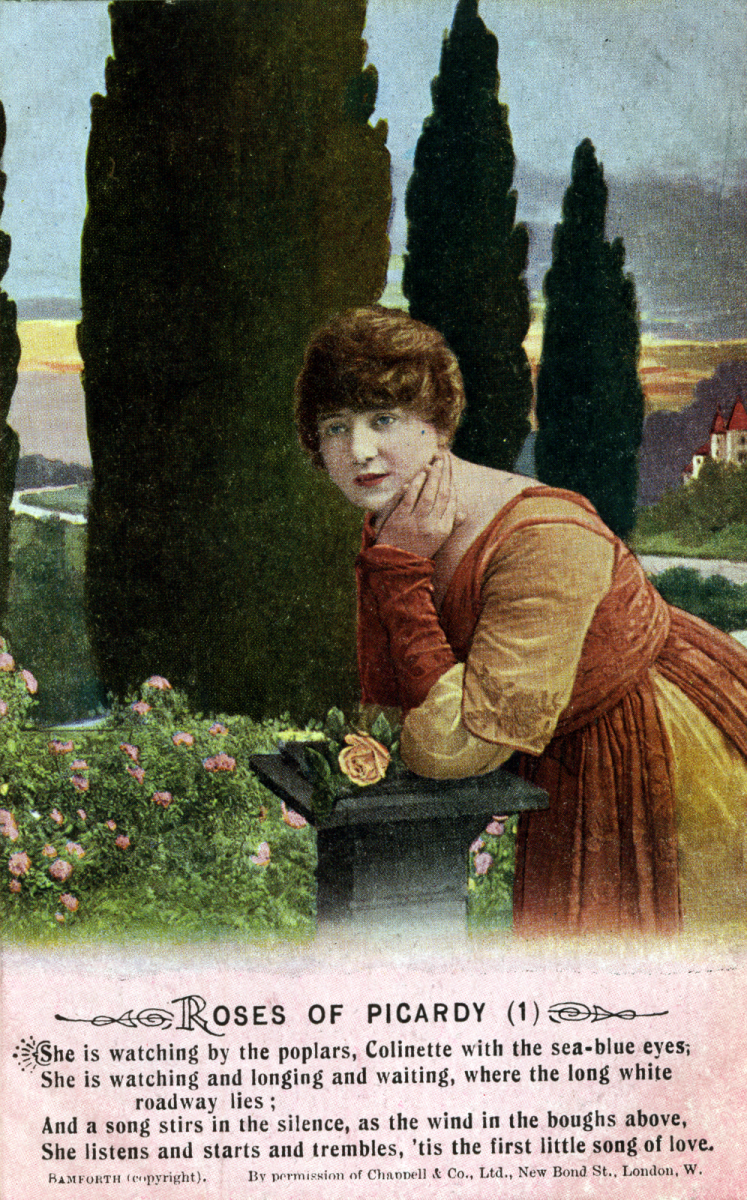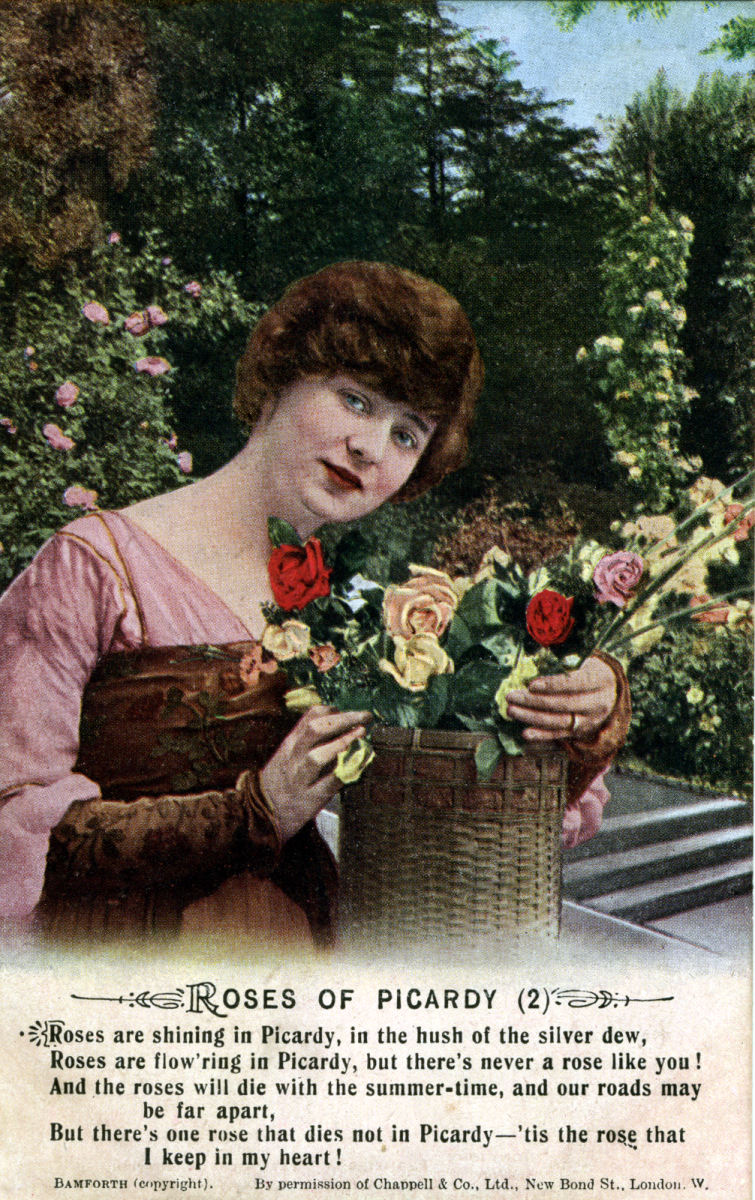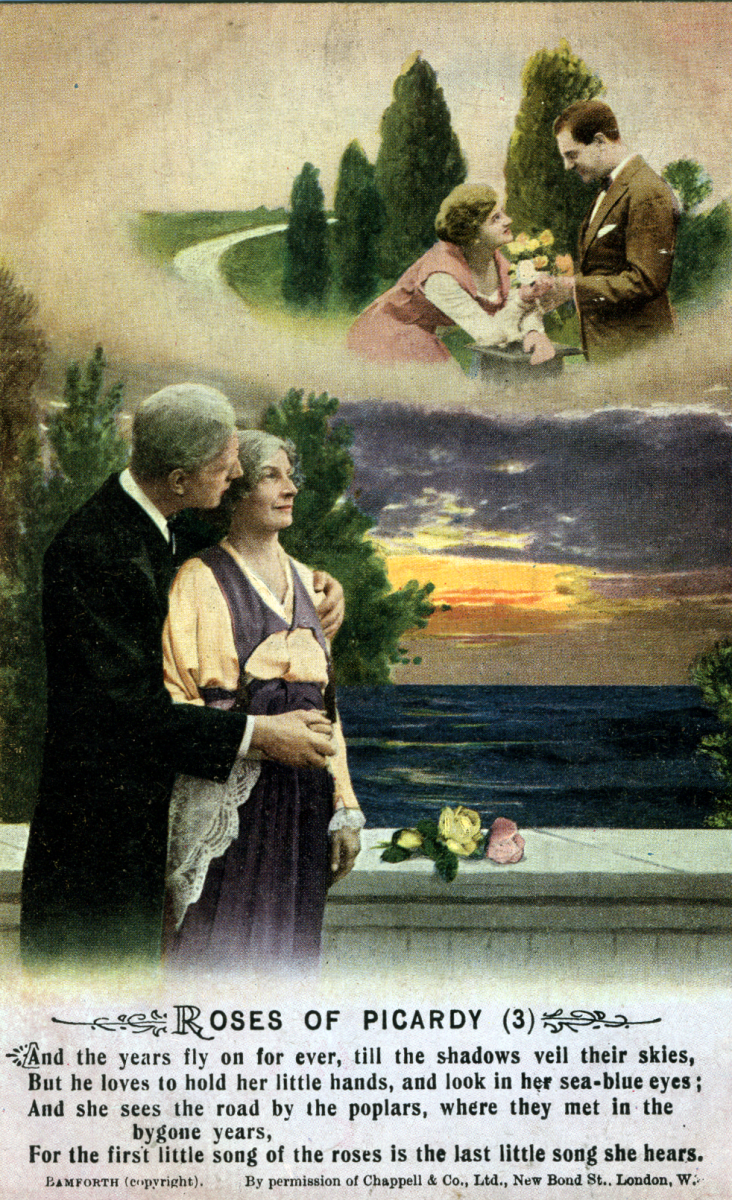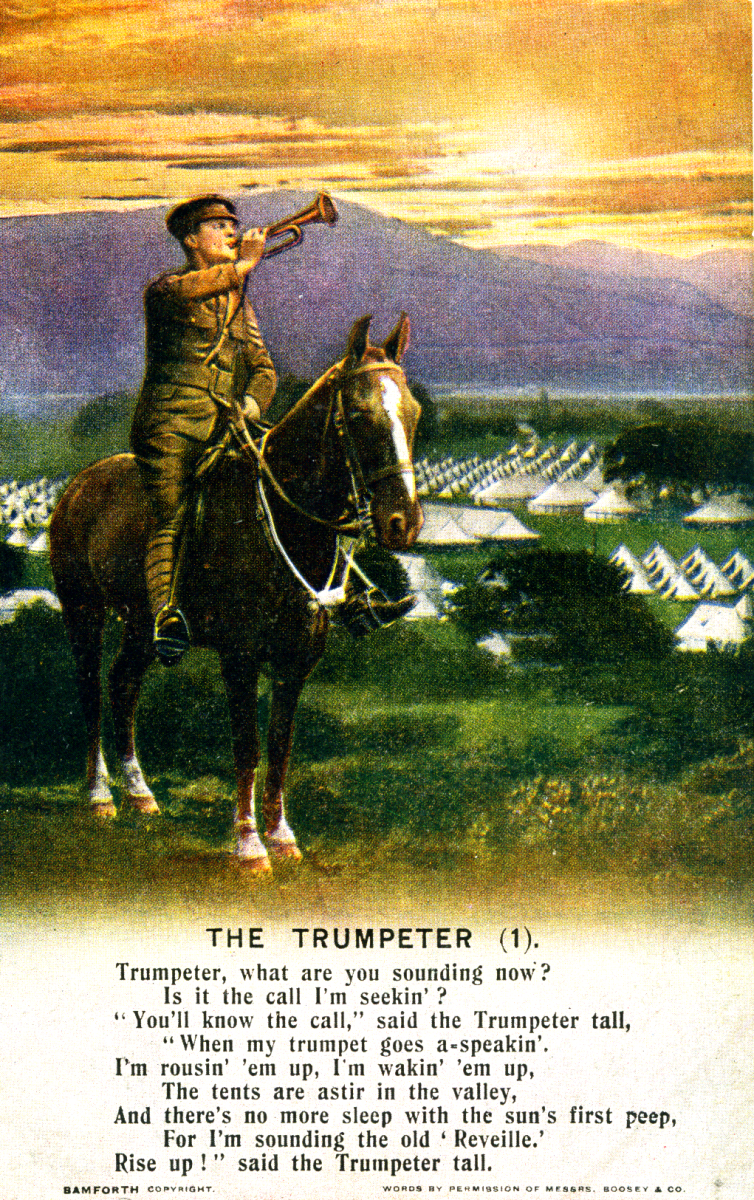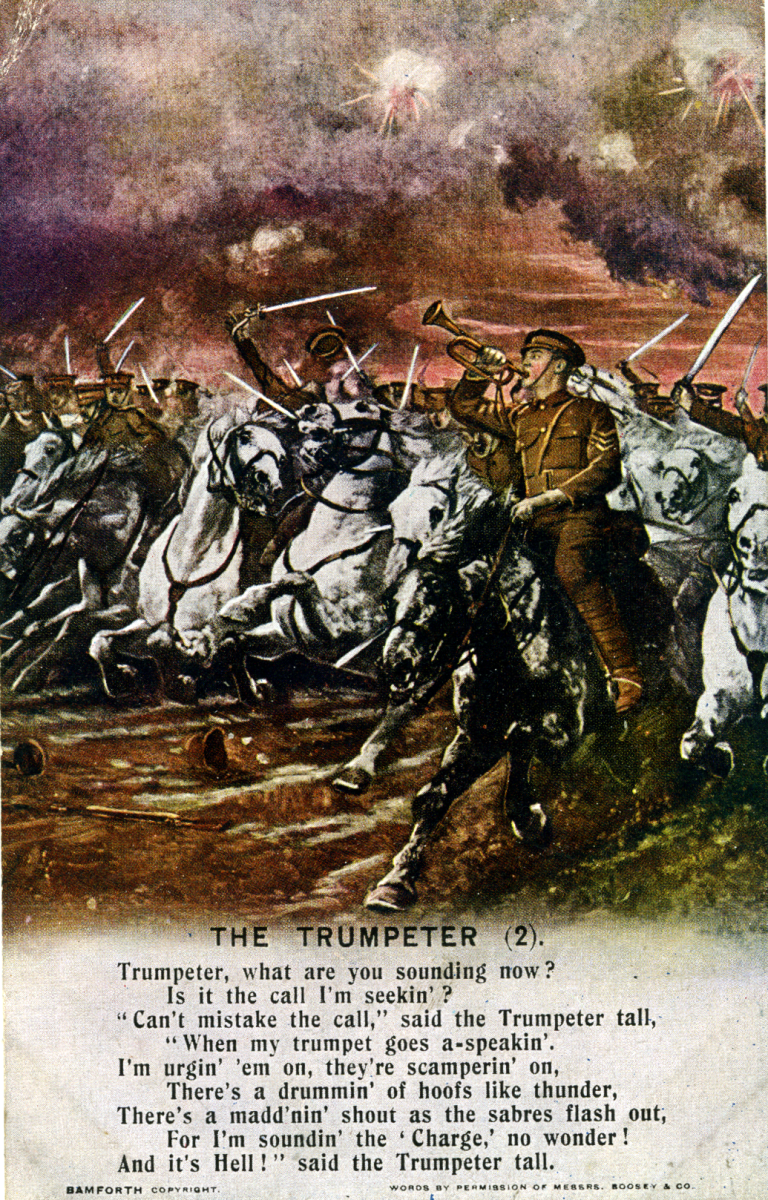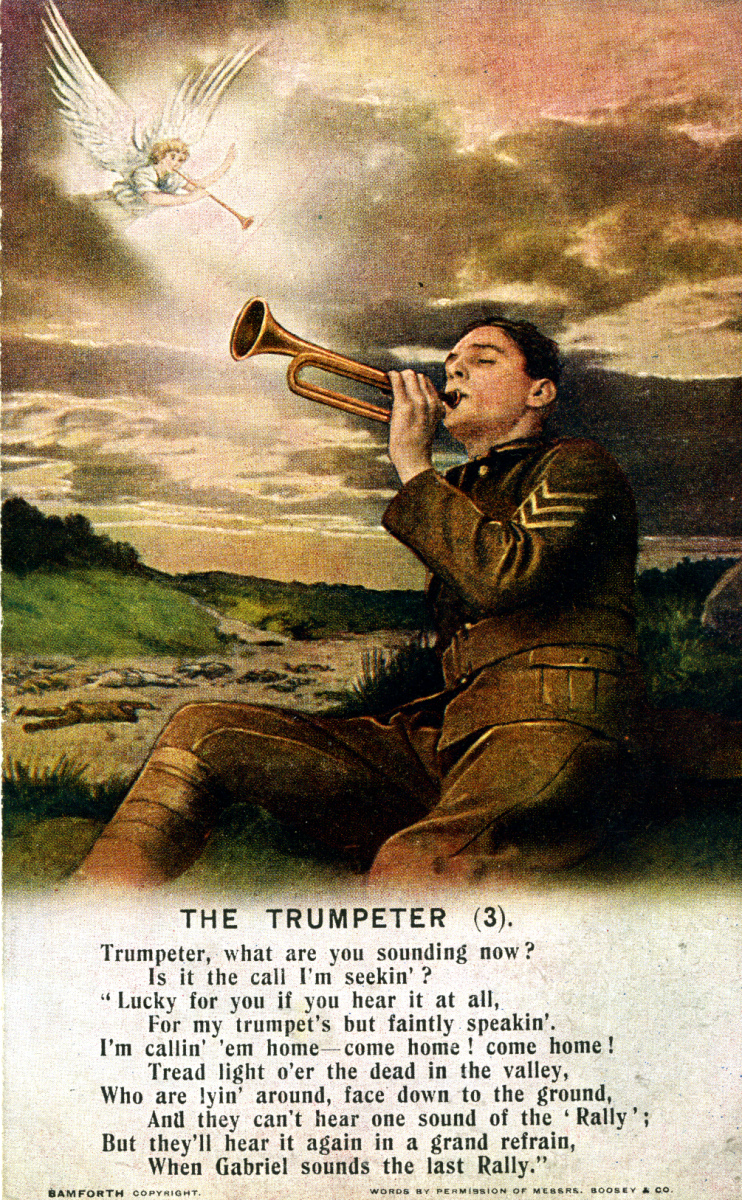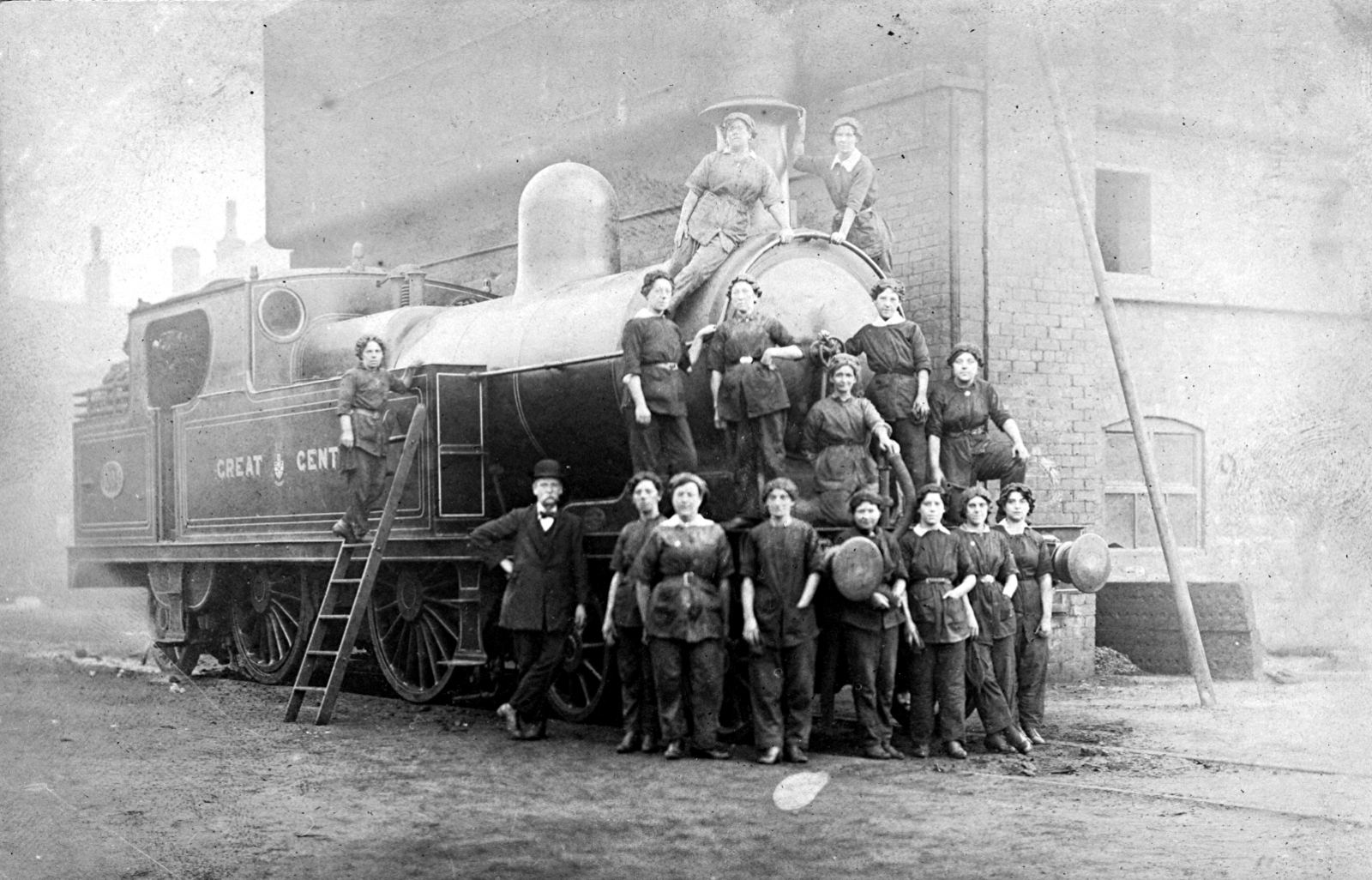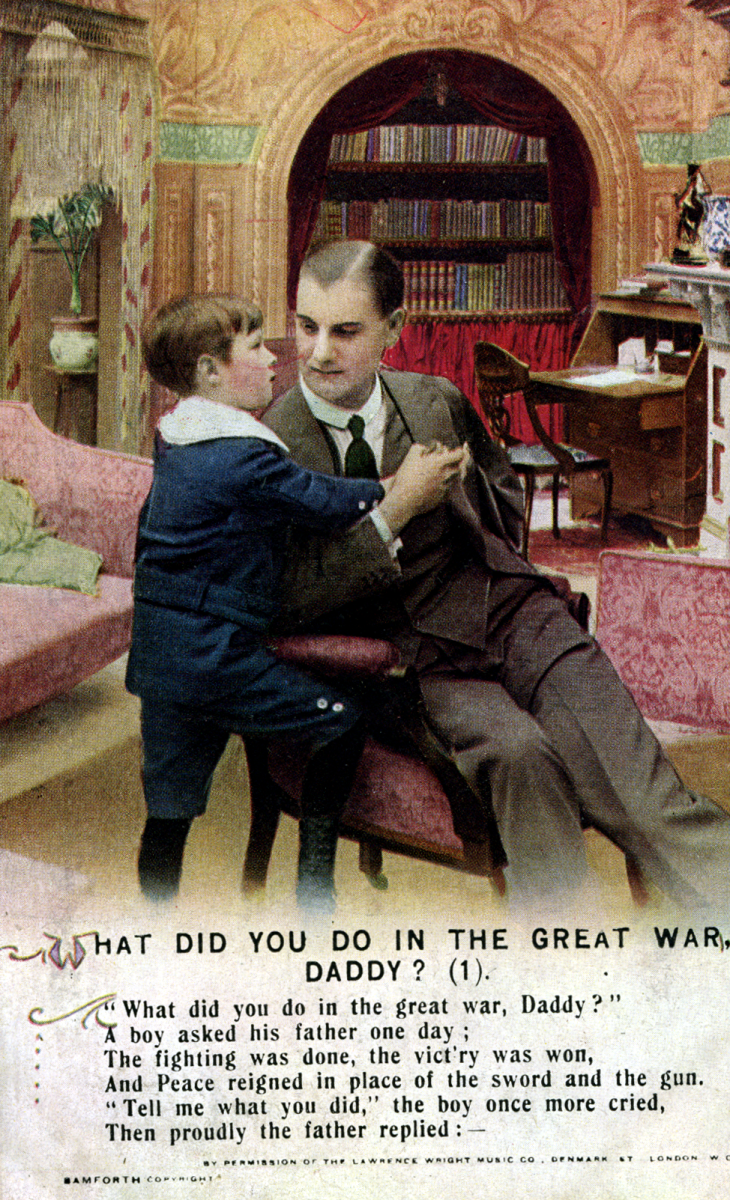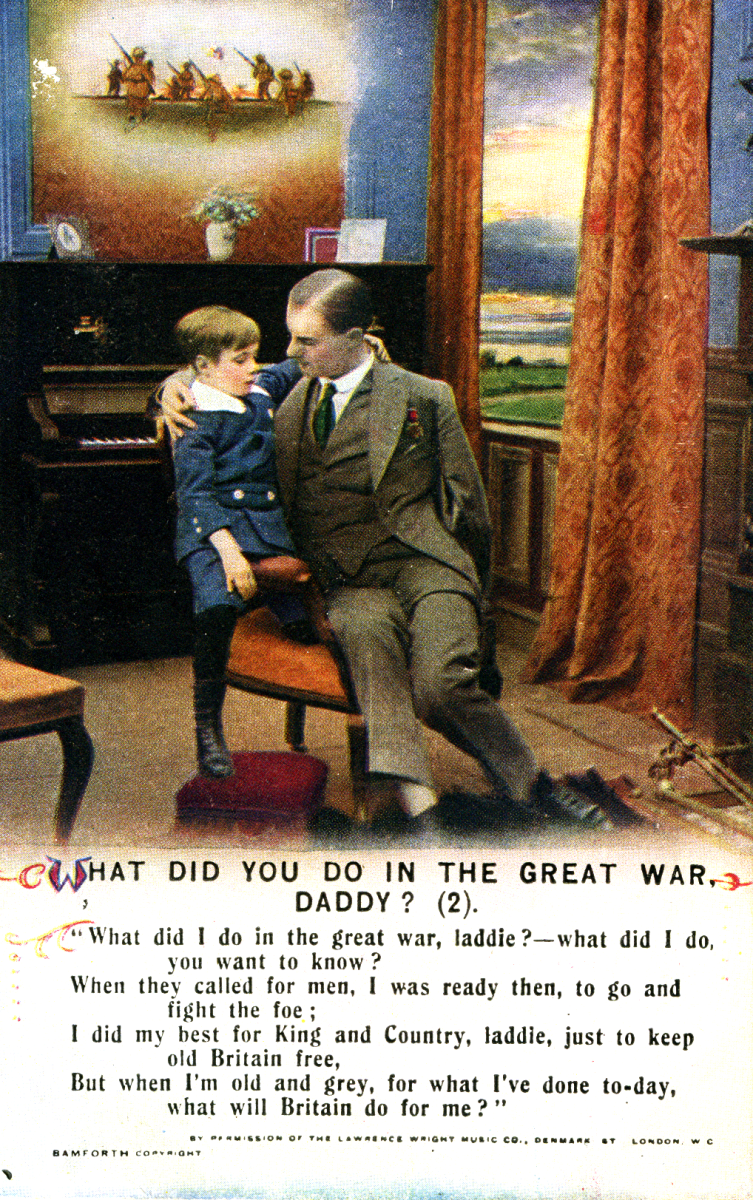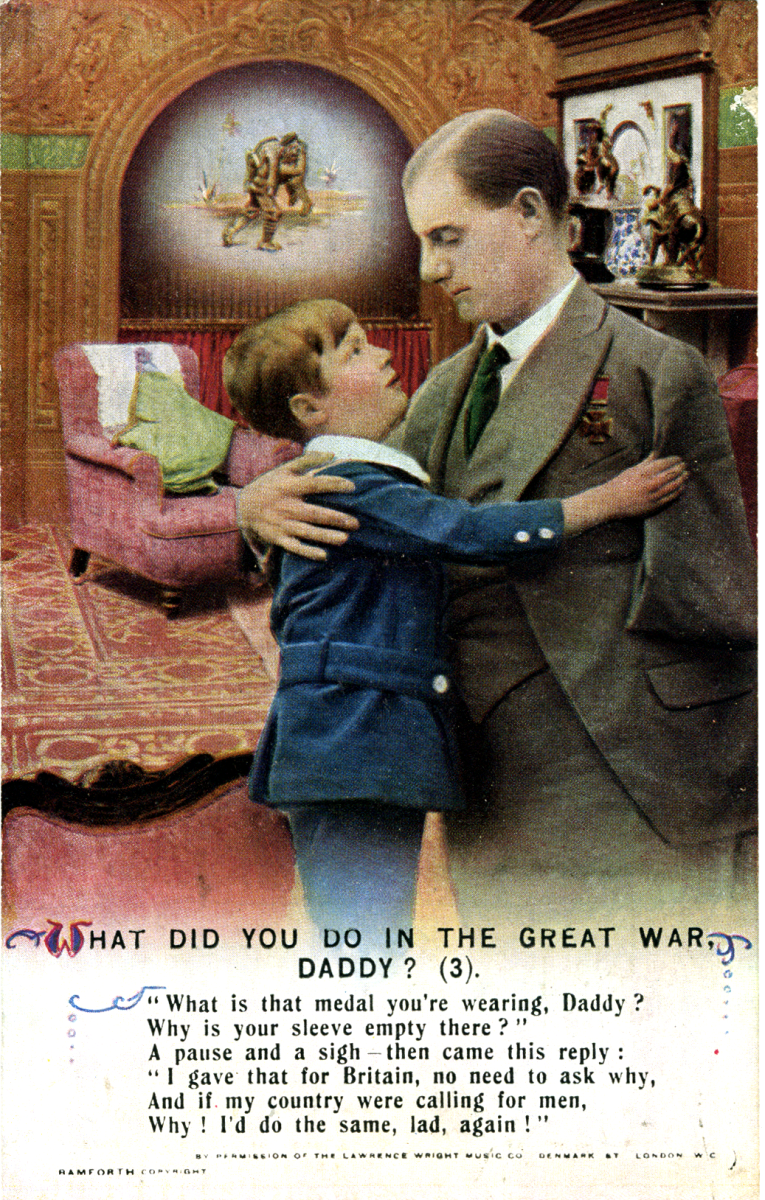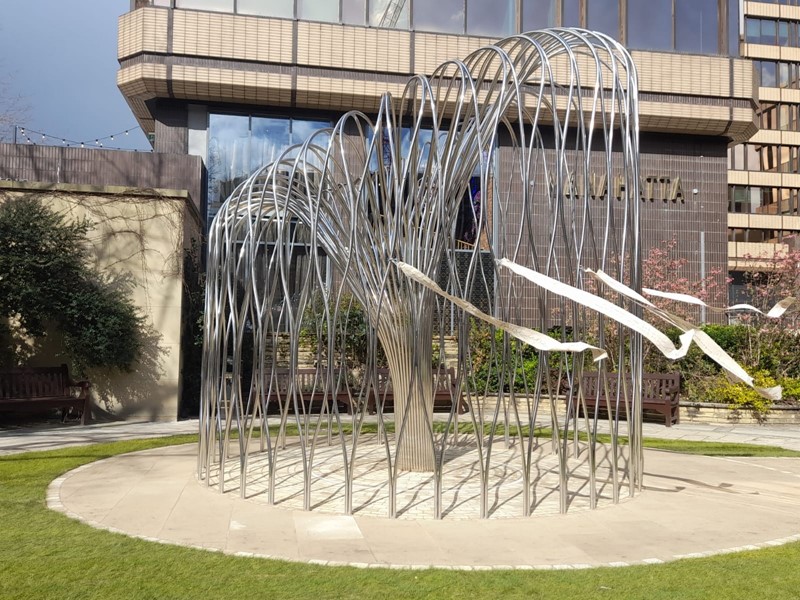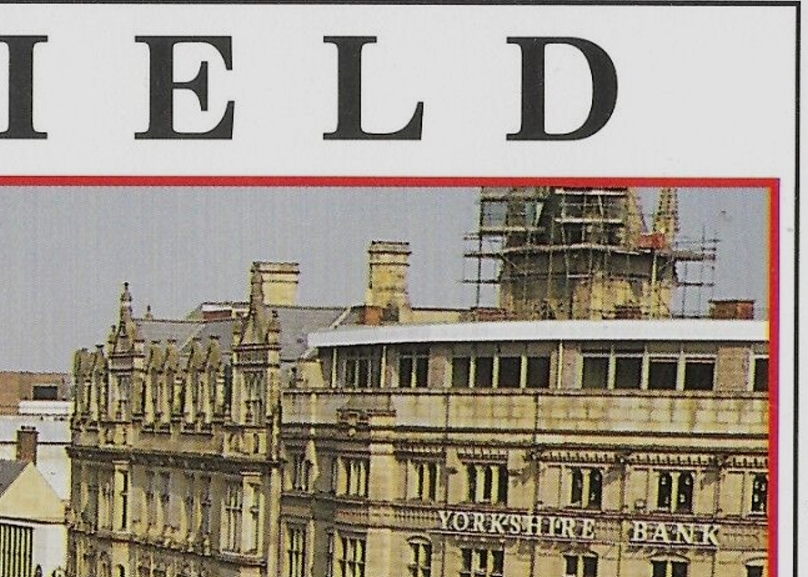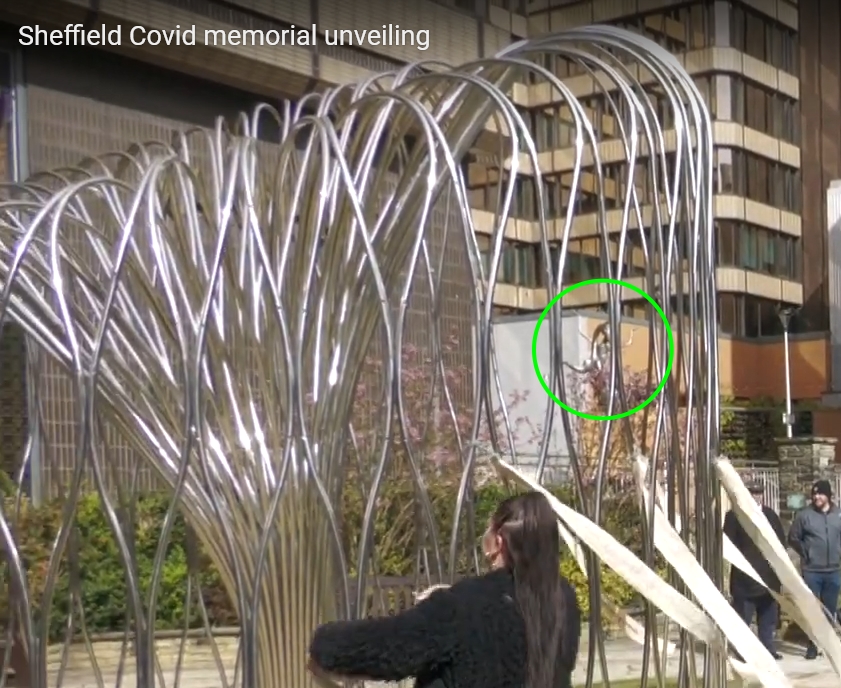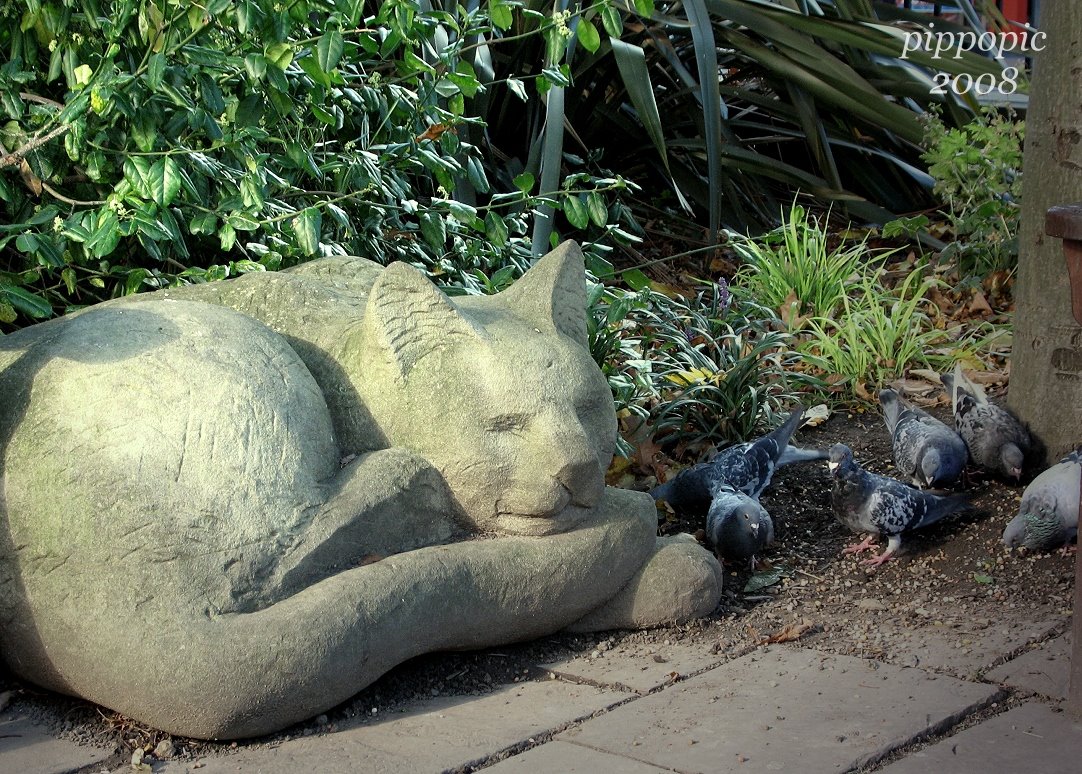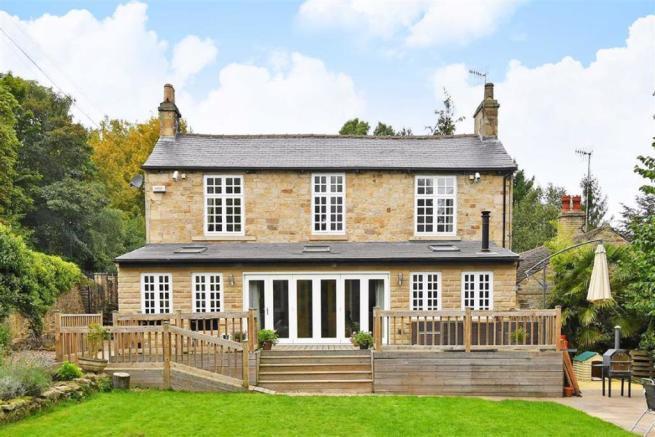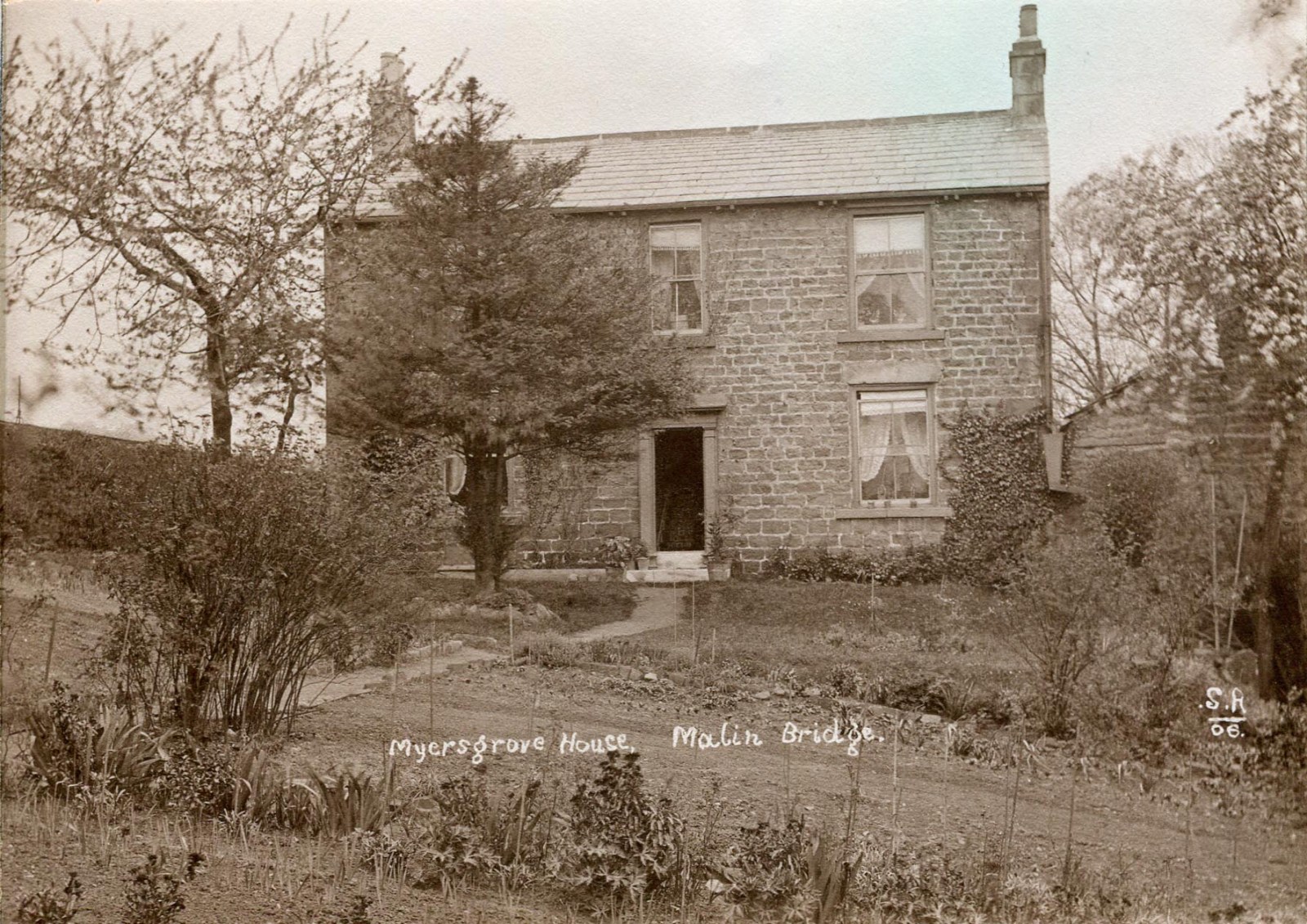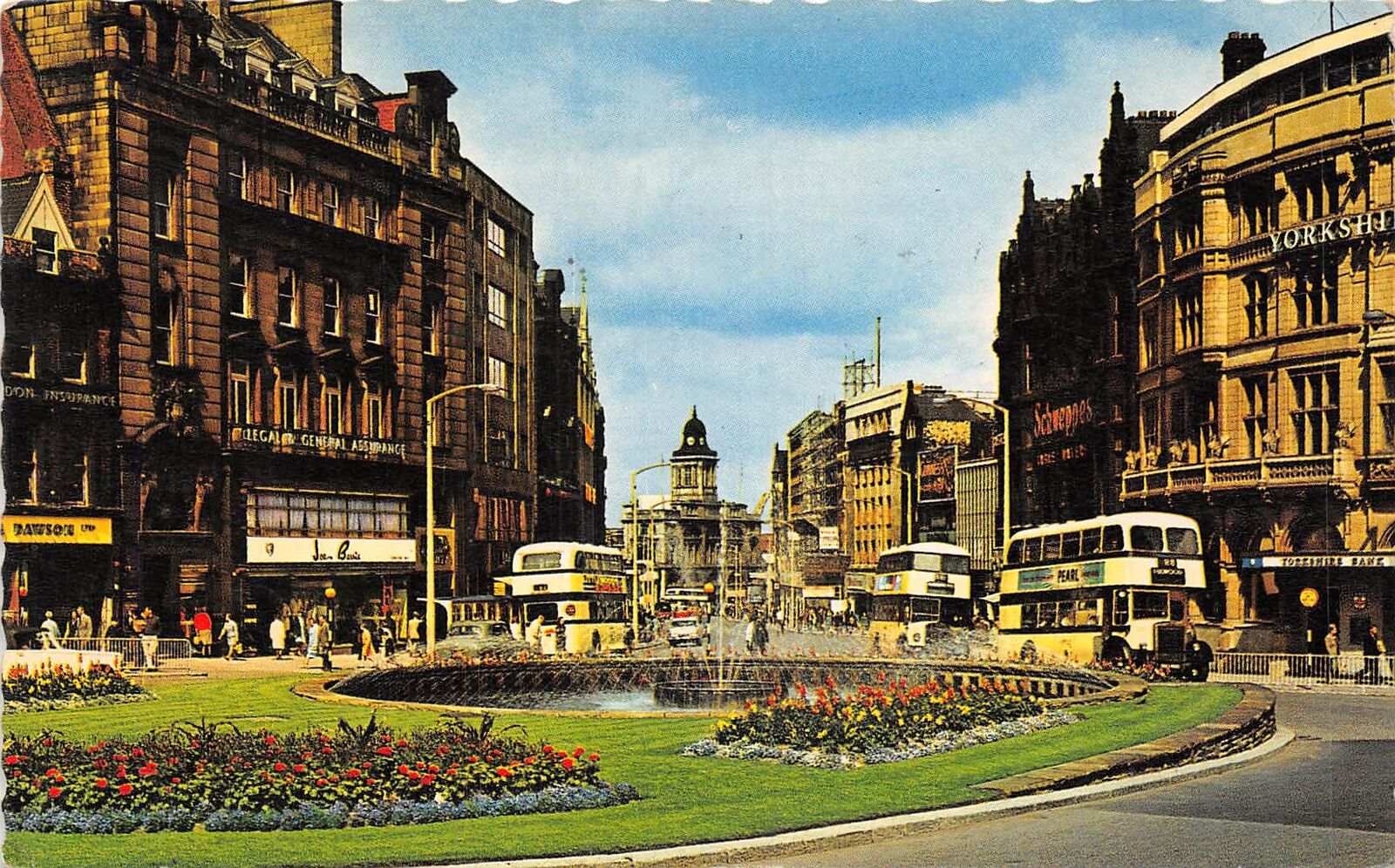Leaderboard
Popular Content
Showing content with the highest reputation on 24/03/23 in all areas
-
2 points
-
1 point
-
1 point
-
Orchard Square still being built 1987, https://www.picturesheffield.com/frontend.php?keywords=Ref_No_increment;EQUALS;s15645&pos=4&action=zoom&id=18401 suggest probably 1989. https://www.picturesheffield.com/frontend.php?keywords=Ref_No_increment;EQUALS;s23333&pos=8&action=zoom&id=257871 point
-
1 point
-
1 point
-
1 point
-
1 point
-
John Yeomans Cowlishaw The carving of a solitary Yorkshire rose can be seen on the former home of John Yeomans Cowlishaw, this house, Tapton Cliffe, can be found off Fulwood Road, in the past years it was part of the St Dunstan organisation for the blind and partially sighted, the house is now empty and up for sale and its once neat lawns and gardens are left to grow wild. John Yeomans Cowlishaw, born on 7 May 1829, in Sheffield, he was the son of John Henry Cowlishaw and Mary Ann Mappin, his father was a clothier and traveller, his mother was the daughter of Joseph Mappin of Mappin Bros soon to be Mappin and Webb. After his fathers death John and his brother, Joseph, were raised by their uncle, John Newton Mappin, who inherited the Masboro Old Brewery business and co-founded a cutlery business. The boys were later placed in the custody of a spinster aunt, Elizabeth Mappin, who believed the boys were ill served being associated with the brewing industry. John was eventually apprenticed in the art of Pearl cutting at Mappins on Pepper Alley, in 1851 he was still living with his spinster aunt Elizabeth. In c1854, when he was twenty four years old, John set up his own business in Norfolk Street as a silver fruit knife maker and mother of pearl cutter, he was also an agent for his uncles brewery in Rotherham, when his uncle John retired John Y bought the silver and pearl business off his uncle and absorbed it into his own business. He moved premises to Market Street, this street was where the White Buildings are soon to be incorporated into Fitzalan Square, it was at this address in 1854 where he got his first silver sponsor mark JYC, just eight years later he moved to Bakers Hill, not the small remnant we see today, then it ran from the bottom of Norfolk Street to Pond Street, another move in 1876 saw the business at 67 Arundel Street but he still retained his Sheffield Pearl Works on bakers Hill. It was the Arundel Street address that became his only address as a pearl cutter and a producer of silver fruit knives, by 1881 he employed fifty workers and he also brought his sons John Edward and Frederick into the business. His knives were second to none, so good in fact he hardly had to advertise them, Its known that President Abraham Lincoln carried a fruit knife made by Cowlishaws, his knives made him a very rich man, he had attained everything in life that he reached for, but his world came to an abrupt end when his wife Sarah died on 16th of November 1893, Sarah was buried on 20 November 1893, in the General Cemetery at Sheffield. John never got over her loss and depression set in, he tried to continue without her but by December 1895 a his depression became worse, his family and friends noticed this change and urged him to take a holiday away from work and the surroundings of his home that was filled with memories of Sarah, he just replied that he would soon be better, on Tuesday the 22nd of January, he went to work as usual, he called at the Hallamshire Bank then had lunch at the Sheffield club, he went home and he seemed a little low but he dined with Mr A Chambers on Tapton House Road, he returned home around nine o’clock, he had a restless night and he rang for some tea in the early hours of Wednesday morning, he didn’t get up when first called but came down for breakfast a little later and he seemed a bit more cheerful, shortly after breakfast he was seen on the landing by one of his servants carrying his shotgun, this gun was usually kept under Johns bed, a short time later the servants in the kitchen heard a noise and put it down to a draught banging a door shut, around twenty past ten Dr Inkster called to see Miss Smith, the housekeeper, having attended to her he asked to see her employer, Mr Cowlishaw, Elizabeth Clark the waiting maid was sent to fetch him but couldn’t find him, she went to his water closet and knocked on the door but there was no answer, young Elizabeth was sent back to the closet and told this time knock and if there’s no reply she should go in, on doing as instructed and to her horror she found John in the corner with blood streaming from his head, she ran downstairs and fetched Dr Inkster, John had apparently pointed the gun towards his mouth and managed to pull the trigger, the discharge in an upwards direction took off the upper part of his head. One of his friends said at the inquest that just a few days prior to his suicide he confided in him that “he sees nothing but the workhouse for him“, his home was filled with priceless works of art and rich beyond anything he would need. The verdict of coroner's jury was "Suicide while temporarily insane". His home Tapton Cliffe, was sold to Mr. J. J. Saville for £4500. 25th of Oct 1895, in his will he left £63,879, this house today would be worth up and beyond £500,000. After John Yeomans Cowlishaw’s death in 1895, his son John Edward Cowlishaw took over running the company until his retirement in 1901. The Cowlishaw name passed out of the family and was run from various different addresses in the city. By the early 1970s the company was based at Portland Works, Hill Street.1 point
-
When Ball street carriage bridge replaced the previous dilapidated footbridge in 1899 it generated a lot more traffic in Ball street, hence very quickly a widening scheme was put in place. The back to back cottages opposite the Ball Inn were demolished, and Brooklyn Works was expanded westwards into the area left over, probably immediately following the road widening.1 point
-
1 point


